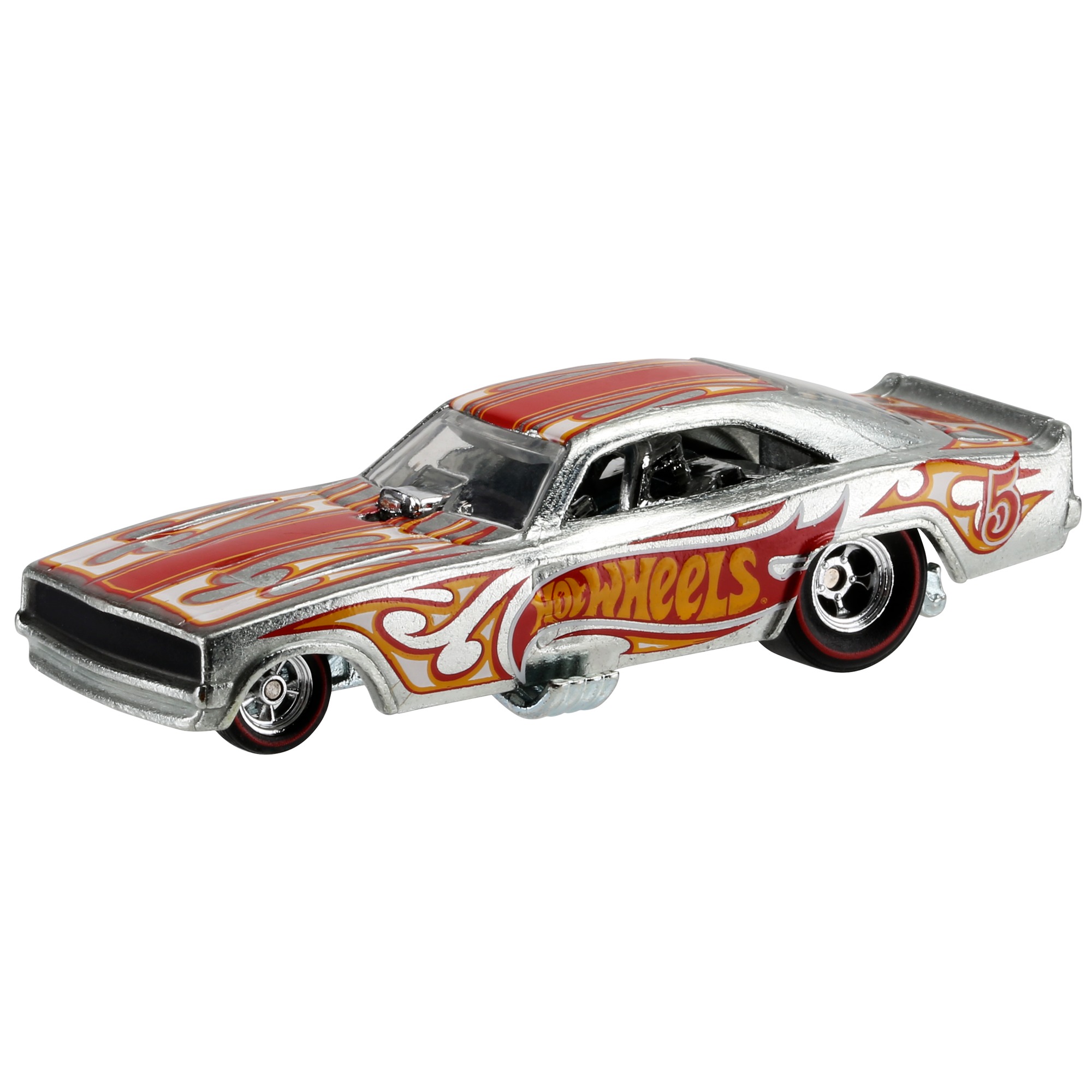
American muscle cars have been staples of American automotive industry. However, it's hard for a European to imagine driving a Ford Escort when the Mustang is the American muscle car. While muscle cars used to be more common in the olden days, they have been resurgent since the 2000s. Here are some facts and figures about European muscle cars. These cars aren't your grandfathers car, but they still are mighty beasts!
Aston Martin Vantage V600
Aston Martin plans to build 14 of the European muscle cars in a tribute to its Vantage V600 European muscle car. The company's Q Division by Aston Martin will manufacture the cars. It will also feature a VH Gaydon style V12 engine. These cars will be the last of the Vantage line and will feature unique features such as a carbon fiber rear diffuser and redesigned centre lock forged and machined aluminum wheels. A new hood design will also be included.

SLS AMG
Mercedes-Benz's SLS AMG luxury European muscle car is now available. The SLS originally cost PS165,000. It was later increased to PS185,000 and PS215,000, respectively. The price of the SLS had fallen a lot by 2012, reaching PS90,000. In the 2014-2016 period the SLS value began to recover. Exemplars dropped to PS150,000. However, a high-quality, low-mileage example was closer than PS200,000.
Lancia Interceptor
One of the most well-known European muscle cars is the Jensen Interceptor. Built in 1971, it combined Italian design with American horsepower. This car was built as part of Jensen Motors. It was among the first vehicles to incorporate British and Italian design. Its performance-oriented name was due to its American V-8 engines. This car is being offered for auction from April 23 to April 23. The current bid price is $1972.
Capri Perana
Capri Perana, a rare modified Ford Capri that is also a European muscle vehicle, is the Capri Perana. The Capri was originally a small car with a 13-inch wheelbase and average brakes. It had poor stopping power and struggled to grip the roads. Thankfully, Basil Green's company created a special version that could overcome these shortcomings. The Perana V8 was limited in production and featured a modified 5.0-litre Windsor small-block V8 engine. It was a Ford Mustang exclusive. The car was capable of being driven in just 6.7 seconds for those who were fortunate enough to have one.
Ford Fairmont GT
The Ford Fairmont was an early full-size sedan that was designed and built by the Ford South African branch. The Fairmont was basically a South African variant of the Australian Falcon XY. The Falcon GT was so popular in Australia that the South African branch decided it would be a good idea to make a local version. The Fairmont GT was a success and was eventually replaced by the Ford Tempo in 1984.

BMW M4
The BMW M4 muscle car is a European model. Its turbocharged three-liter inline six-cylinder engine generates 425 horsepower, and 406 ft.lbs. of torque. The engine has a 7,600-rpm redline. It is also available for purchase in the Competition version. The Competition version adds a carbonfibre body kit, and a new taillight design. The Competition model features red accents with black interior trim.
FAQ
What can I do to fix my car as an hobby?
If you are interested in cars, why not take it on as a hobby? You can repair them, buy their parts, sell them, or just have fun with them. It would make a great pastime if you're looking for something different to do.
It's difficult to make this a fulltime job. It takes a lot of dedication and hard work. Also, you will need to put a lot of money into it.
It is best to avoid getting involved in car accidents unless you have good reasons.
How long is an automotive course?
A course in automotive lasts three years.
The first year is spent learning about cars and theory. The second year will be spent in practical training. Here you will learn how fix engines, drive and other mechanic jobs. You will spend the final year working in a local garage to gain real-world experience.
How long does an apprenticeship in automotive mechanics last?
The apprenticeship to become an automotive mechanic takes about three years. This includes two year at school as well as two years as an apprenticeship. The first year is spent learning all aspects of the trade, including theory, practical skills, and safety procedures. This year, you will also learn how to safely and efficiently use tools. After you have completed the first year of training, you will be able to spend an additional year on-the job learning different trades. You'll have the opportunity to attend formal courses during these periods too.
The final year of this program is spent in obtaining qualifications and becoming certified in your field. These include NVQs or National Vocational Qualifications. These are earned after passing exams that cover specific topics in the industry. The HNCs (Higher National Certificates), on the other hand, cover general subjects like customer service and management. City & Guilds certificates offer qualifications in certain trades.
What qualifications are required to become a mechanic
To become a technician, you will need to pass a series exams. These include:
-
A general knowledge assessment
-
Practical exam
-
An apprenticeship test
These tests are designed to ensure that you understand the basic concepts of mechanical engineering and physics before you start working as a mechanic.
Once you pass these tests you can become a mechanic. An apprenticeship is still required. This will include training in the trade.
To learn all there is to know about fixing vehicles, you will need workshops and classes. It will be necessary to work alongside experienced mechanics.
To be a successful mechanic, you will need to have a high degree of concentration and attention. Repairs to vehicles require you to pay attention to every detail.
To be a successful mechanic, patience and perseverance are essential. If you don't like to follow instructions, then this may not be the right career path for you.
You could make a great career out of your love for cars and the work that goes into fixing them.
To work as an automotive mechanic, do I need a degree? Can I study part-time?
Although a degree is not necessary, it can be helpful. Employers are more likely to hire candidates who have completed a complete degree. It shows that your efforts have been put in and you have succeeded.
It doesn't mean that you can't work while you study. Some universities permit students to do coursework during summer holidays and complete their studies later in a year. Others let students take classes part-time throughout the year.
What is the difference between an automotive technician and a mechanic?
Both are related, but they are not the same. The mechanic fixes cars while the technician maintains them.
A mechanic should be able to do simple tasks quickly and have good manual dexterity. They should also be able correctly diagnose and repair any problems.
An automotive technician requires more technical skills than a mechanic. They must be able to read blueprints and use tools such as drills and wrenches.
They must be able and competent to safely perform complicated procedures. They must also be familiar with different types of engines and electrical systems.
They must also be capable of understanding how parts interact.
This means that mechanics usually make less money than automotive technicians. Both careers have many options.
Statistics
- According to the BLS, the median annual salary for automotive service technicians and mechanics in the United States was $44,050 in May 2020. (uti.edu)
- Apprentice mechanics earn significantly less hourly than mechanics who have completed training, with a median wage of approximately $14.50 an hour, according to PayScale. (jobhero.com)
- There were 749,900 jobs available for automotive service technicians and mechanics in 2016, which is expected to grow by six percent through 2026. (jobhero.com)
External Links
How To
How to correctly diagnose your vehicle for repairs
First, look at the symptoms of your car to determine if it needs repair. These steps will help you diagnose your car properly.
-
Check engine lights. The dashboard light indicators, including the engine light, oil pressure gauge, battery light indicator, coolant temperature gauge and RPM gauge, should be checked. You may have a problem with your vehicle if any of the indicators are flashing for more than a few days.
-
Check the treads of your tires. Tires that are worn can cause issues with handling and braking. It is also important to inspect the wheel treads. They should be smooth and clean. It is best to take off the wheels and remove them. Check the tread condition with a flashlight.
-
Check the level of brake fluid. It is important to keep track of how much brake fluid you have in your car. This ensures that your brakes work properly. If the brake fluid level is low, your brakes might fail when you apply pressure to them.
-
Test the suspension system. Vehicles usually have a suspension system that helps absorb shocks and vibrations while driving. This suspension system provides greater control and smoother acceleration and deceleration. It might feel uncontrollable or wobbly if your vehicle is suffering from a suspension problem. To determine whether your vehicle may have a suspension issue, you can try to put weight on the rear or front axle and watch the movement.
-
Examine your steering column. Steering columns connect the steering wheels to other parts of the vehicle. Sometimes, steering columns are damaged by accidents. Replace it if your steering column feels loose or unsteady.
-
Pay close attention to the exhaust tube. The exhaust pipes are responsible for moving gases from the combustion chamber into the atmosphere. Your cabin will be effected if your exhaust pipe cracks or leaks. It is also important to repair any bends in your tailpipe immediately.
-
Look under your hood. Look underneath your hood to see if anything looks strange. Fluids could be leaking from your engine. You should also contact a professional technician if there is an unusual odor coming from the engine compartment.
-
It is important to inspect the air filter. The outside environment can collect dust and other debris in your vehicle's air filters. Dirty air filters can cause your vehicle to run poorly. Replace your air filter regularly.
-
Make sure you check the fan belt. The fan belt is the link between the engine and the transmission. If the fan belt is damaged, the engine won’t turn. The process of replacing the belt is straightforward. All you need is a screwdriver and some pliers.
-
Check the radiator hose and hoses. The radiator-hose carries water to the engine. It can crack or become damaged and leak hot liquid onto an engine. Repairing the hose is easy with a pair of needlenose pliers or a small wire brush.
-
Be sure to inspect your windshield wipers. Windshield wipers use electricity to clean away snow and rain. They can leave streaks on your windows glass if they stop working. To fix the problem, simply change the washer fluid.
-
The battery cables should be checked. The batteries provide power to the electrical systems within your car. Before you change batteries, disconnect the positive cable. Failure to do so can damage your alternator.
-
Be sure to check your headlights. The headlights provide illumination for the road ahead. It can lead to poor visibility if they aren't working properly. To check if the bulbs have gone out, you can inspect them.
-
Be sure to check the lights. You can warn other drivers if you approach them at night. One that doesn't work could cause you to be distracted, and possibly lead to an injury.
-
Inspect your brakes. Brakes slow down your vehicle before a collision. If they aren't working correctly, you could lose control of your car and crash.
-
Make sure to change the oil. Oil keeps your engine lubricated. It prevents metal parts from rusting too quickly. It is recommended to change the oil each month.